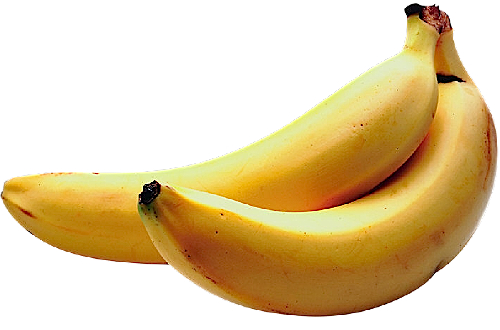Swiss retail giant Migros has achieved the first stage of its 2030 carbon neutrality plan. All the multiple’s retail premises have completed their transition to become carbon neutral.

As the country’s largest food business and retailer, Migros operates the lion’s share of the national retail park. It has been a dominant force on the national retail scene for decades.
Between now and 2030, Migros will cut a further 80% of its greenhouse gas emissions from its business activities, including its extensive food manufacturing arm.
Instead of buying carbon credits to offset its remaining environmental overheads, Migros will “inset” its remaining emissions. One example of this arrangement is a project working with 1,000 Thai peasant families to raise the environmental standards of their rice growing. For instance, there are gains to be made by not flooding paddy fields, which area significant source of methane emissions. The result is a contribution towards a potential reduction of 60% in the crop’s carbon footprint worldwide.








